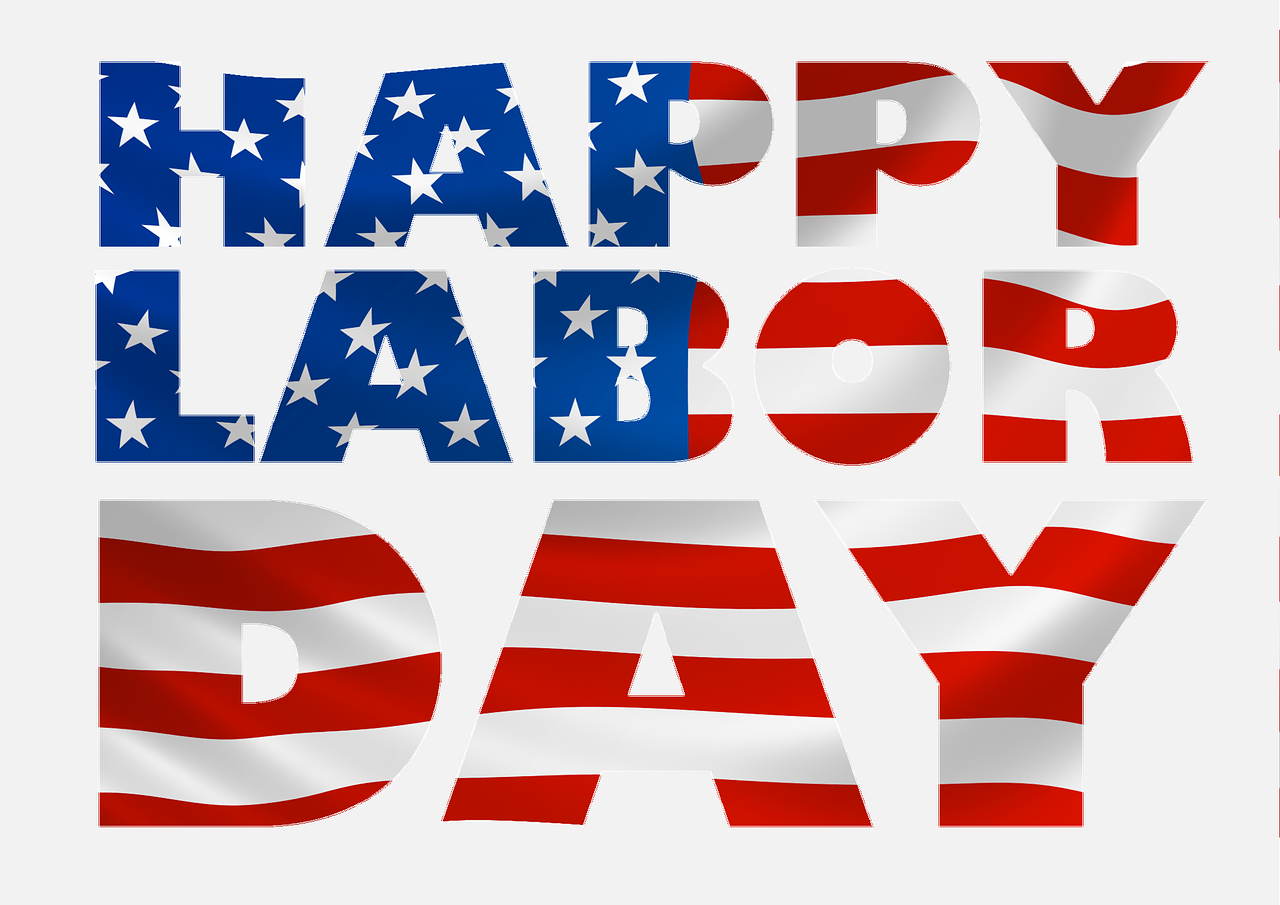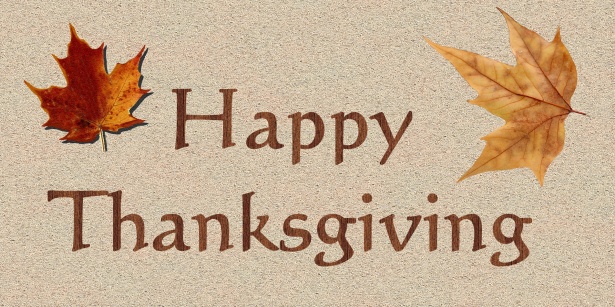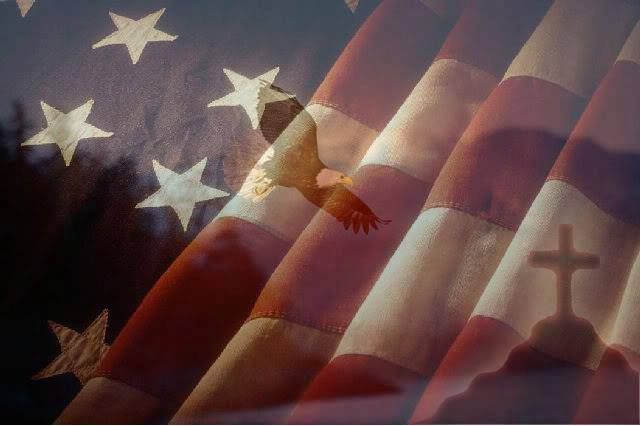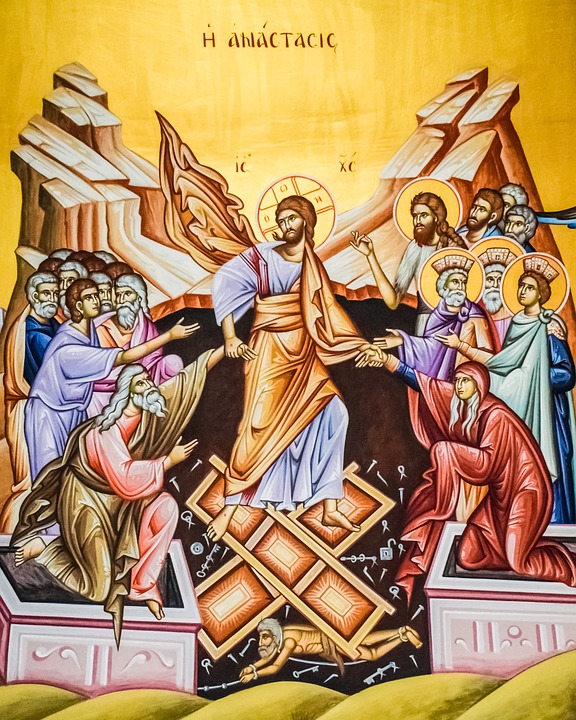Now on the first day of the week Mary Magdalene came to the tomb early, while it was still dark, and saw that the stone had been taken away from the tomb. So she ran, and went to Simon Peter and the other disciple, the one whom Jesus loved, and said to them, “They have taken the Lord out of the tomb, and we do not know where they have laid Him.” Peter then came out with the other disciple, and they went toward the tomb. They both ran, but the other disciple outran Peter and reached the tomb first; and stooping to look in, he saw the linen cloths lying there, but he did not go in. Then Simon Peter came, following him, and went into the tomb; he saw the linen cloths lying, and the napkin, which had been on his head, not lying with the linen cloths but rolled up in a place by itself. Then the other disciple, who reached the tomb first, also went in, and he saw and believed; for as yet they did not know the scripture, that He must rise from the dead. Then the disciples went back to their homes.
John 20: 1-10
(Seventh Eothinon Gospel)
Christ is Risen!
The account of the Resurrection in John’s Gospel again shows similarities and differences with the other accounts. In John’s account, only Mary Magdalene is mentioned as going to the tomb. However, when she reports to Peter and to the “other disciple” she reports “They have taken the Lord out of the tomb, and WE do not know where they have laid Him” which would lead the reader to infer, by the use of the word “we” that there were others in addition to Mary who made the discovery of the empty tomb. In John’s account, Mary Magdalene reports to both Peter and “the other disciple, the one whom Jesus loved” who is traditionally held to be John, for whom the Gospel is named. It is interesting for the reader to note why John, if he is the author, describes himself in the third person, as opposed to saying that Mary Magdalene came to “Peter and me.” The reason for the third person perspective is that historically, tradition tells us that a scribe named Prochoros—one of the “seventy” apostles—wrote the Gospel of John [and the Epistles of John and Revelation] and that John dictated the Gospel to him. There are many editing marks, including many of the third person references to John that support this idea that John dictated the Gospel to Prochoros.
There is no mention in John’s account that the women entered the tomb or that there were young men or angels there to tell the women that Christ rose from the dead. It is John and Peter who run to the tomb, with John reaching the tomb first but not entering. Peter is the first to enter into the tomb.
There are two important discoveries inside the tomb. First, the linen cloths and the napkin which had been on Christ’s head, were not crumpled up and disorderly. Rather, they were folded neatly. The moment of Christ’s Resurrection wasn’t a scene of chaos. It was orderly. This also debunks the notion that someone came in to steal the body quickly. Because such an action would certainly have been done in a disorderly way. Second, there is the mention of the napkin which had been on His head. Over the centuries, there has been the tradition of the Holy Napkin (agion Mandili) venerated by the Orthodox, and the Shroud of Turin venerated by the Catholics. There has also been controversy over the authenticity of both, and an argument as to whether they are one in the same.
The other interesting note about John’s account is that there doesn’t seem to be any doubt in the minds of those who were the first to go to the tomb. John, “the other disciple who reached the tomb first, also went in and saw and believed.” Later on in John’s Gospel, we will encounter Thomas who didn’t believe. But the initial Disciples who saw the empty tomb believed based on the sight of the empty tomb, not on an encounter with Jesus. That is actually pretty admirable—they didn’t question how Jesus’ body was no longer at the tomb. It was a moment of instant belief.
Behold the darkness and early morning. What are you doing at the tomb, Mary, your mind filled with darkness? Why do you ask where Jesus has been laid? See the disciples running forward with the grave clothes and the cloth, giving proof of the Resurrection and recalling the Scriptures concerning this. With them and through them we also believe, and we sing praises to You, O Christ, giver of life. (Seventh Eothinon Doxastikon, Trans. by Holy Cross Seminary Press, 1991)
Four similar accounts of the same miraculous event. Do you believe?



